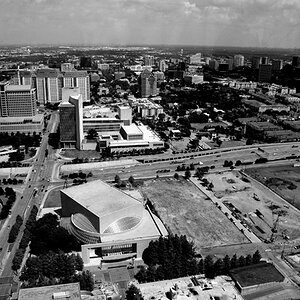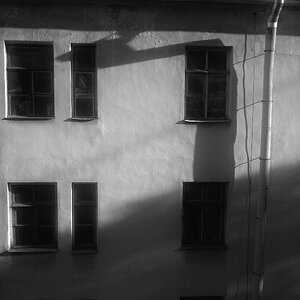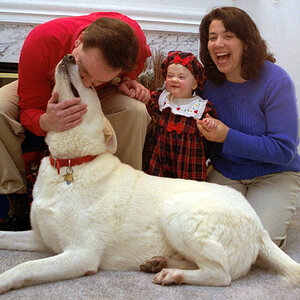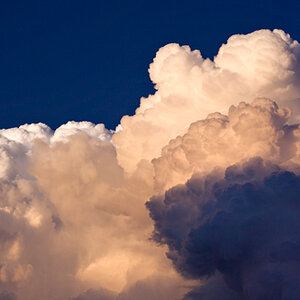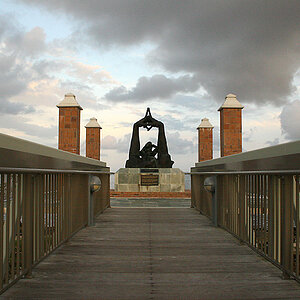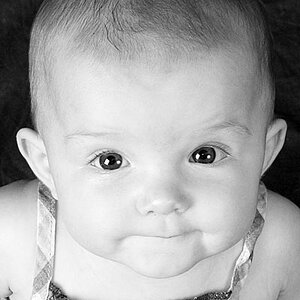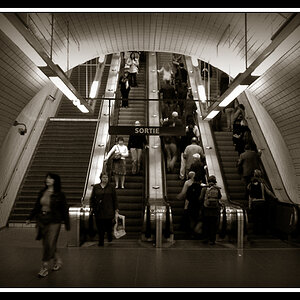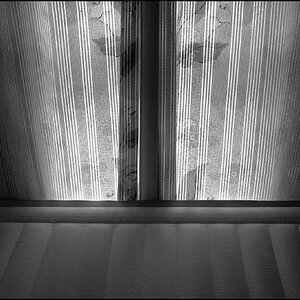Formatted
No longer a newbie, moving up!
- Joined
- Dec 20, 2009
- Messages
- 1,391
- Reaction score
- 66
- Location
- England
- Website
- www.jawns.co.uk
- Can others edit my Photos
- Photos NOT OK to edit
Tomorrow I'm going to London, I'm doing a few things much majorly I'm looking to do some long exposure in the tube. There is going be a lot white and so I'm going to shoot raw so I can sort it out once I get back to the "lab".
Anyone got any advice with shooting raw? D5000 will be camera of choice.
As well as the tube, I'll be doing the usual touristy thing to do by visiting Greys of Westminster for a bit of a browse, as well as heading to the Natural History Museum to check out BBC Wildlife photographer of the year as well as the London Aquarium and along the way do some photography.
If anyone is interested
I'm also taking a F4 with a Fish eye for some more conventional shots.
Wish me luck!
Anyone got any advice with shooting raw? D5000 will be camera of choice.
As well as the tube, I'll be doing the usual touristy thing to do by visiting Greys of Westminster for a bit of a browse, as well as heading to the Natural History Museum to check out BBC Wildlife photographer of the year as well as the London Aquarium and along the way do some photography.
If anyone is interested
I'm also taking a F4 with a Fish eye for some more conventional shots.
Wish me luck!


